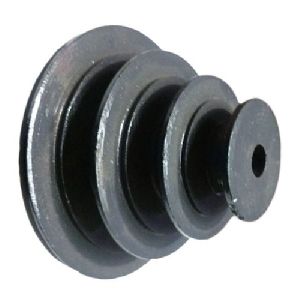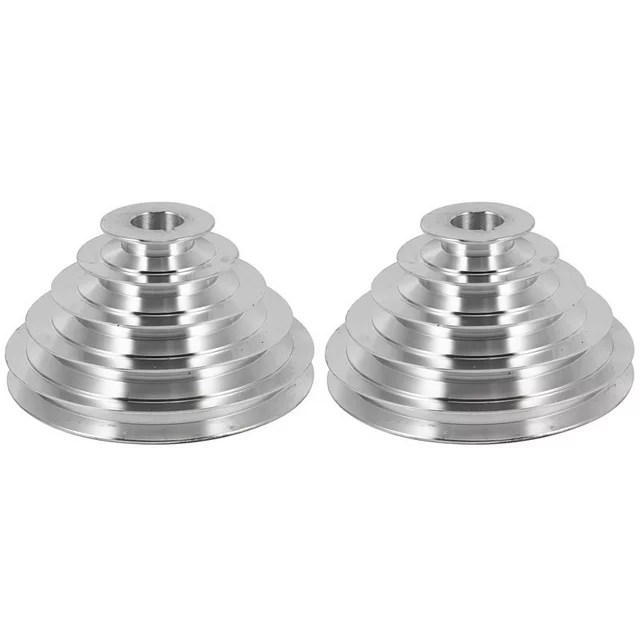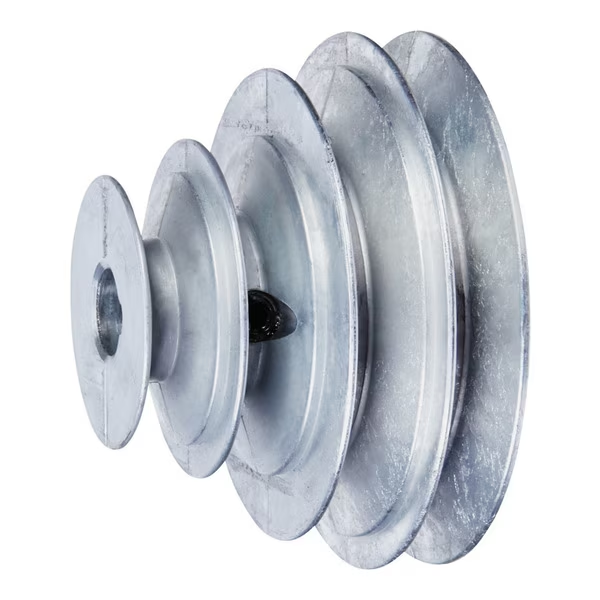Product Description
Products Type
We can custom shape,size,color material and quantity for plastic pulley as your requirment.
Products Specification
1. Various hardness for your choice.
2. Good abrasion, heat and oil resistance.
3. Good anti-aging performance and gas tightness.
4. Ease of bonding to other material.
5. Excellent oxygen and CHINAMFG resistance.
6. Non-flammable,self-extinguish.
| Material | PA,PA6,PA66,PP,PE,LDPE,HDPE,UWHDPE,PTFE,POM,ABS,or Custom Compound (Any custom compound plastic is available) |
| Size | According to samples or drawings |
| Color | Black,white,red,green,transparent or any color according to Pantone colors |
| Finish | High Gloss,Fine Grain,Electroplating,Painting,Printing,Texture etc,or as request |
| Type | Round,square,rectangular,or any nonstandard shape as request |
| Logo | Debossed,embossed,printed logo or as request |
Our Factory
Customization Capabilities
|
Shipping Cost:
Estimated freight per unit. |
To be negotiated |
|---|
| Certification: | CE, ISO |
|---|---|
| Pulley Sizes: | Type D |
| Manufacturing Process: | Forging |
| Samples: |
US$ 999/Piece
1 Piece(Min.Order) | Order Sample For sample price, package information, and logisti
|
|---|
| Customization: |
Available
| Customized Request |
|---|

How are step pulleys customized for specific machinery and equipment?
Step pulleys can be customized to meet the specific requirements of machinery and equipment. Here’s how they are customized:
1. Diameter and Step Configuration:
The diameter and step configuration of a step pulley can be customized to match the desired speed range and speed increments of the machinery. The pulley can be designed with the appropriate number of steps and carefully spaced to achieve the desired speed ratios. This customization ensures that the pulley provides the necessary speed options for the specific application.
2. Material Selection:
Step pulleys can be customized by selecting the appropriate materials based on the machinery’s operating conditions and requirements. Different materials, such as cast iron, steel, or aluminum, offer varying levels of strength, durability, and resistance to wear and corrosion. The choice of material depends on factors such as load capacity, environmental conditions, and the specific application.
3. Belt or Cable Compatibility:
Customization of step pulleys includes ensuring compatibility with the type of belt or cable used for power transmission. The pulley’s steps must be designed to engage effectively with the specific belt or cable type. The shape, profile, and dimensions of the steps are customized to ensure proper belt or cable engagement, minimizing slippage and optimizing power transmission efficiency.
4. Mounting Configuration:
Step pulleys can be customized to match the mounting configuration of the machinery or equipment. This includes considerations such as the pulley’s shaft diameter, keyway size, and overall dimensions. Customizing the mounting configuration ensures proper alignment and secure installation of the pulley within the machinery.
5. Load Capacity:
Customization of step pulleys takes into account the load capacity requirements of the machinery. The pulley’s design and construction are customized to handle the anticipated loads without compromising performance or risking premature failure. This may involve reinforcing the pulley structure or selecting a larger size to accommodate higher loads.
6. Special Features:
In some cases, step pulleys may be customized with special features to cater to specific machinery needs. This can include features such as anti-slip coatings, noise reduction enhancements, or additional components for enhanced safety or functionality. Customization allows the step pulleys to integrate seamlessly within the machinery and optimize its performance.
Customization of step pulleys is typically carried out by manufacturers or specialists who take into account the machinery’s specifications, operating conditions, and performance requirements. By tailoring the design and characteristics of the step pulleys, they can be optimized for reliable and efficient operation within the specific machinery or equipment.

How do step pulleys contribute to energy efficiency in industrial processes?
Step pulleys play a significant role in improving energy efficiency in various industrial processes. Here are some ways in which step pulleys contribute to energy efficiency:
1. Speed Control:
Step pulleys allow for precise speed control in machinery and equipment. By adjusting the belt position on different steps of the pulley, operators can optimize the rotational speed of the driven components. This enables matching the speed to the specific requirements of the process, preventing unnecessary energy consumption.
2. Variable Speed Options:
With multiple steps on the pulley, each corresponding to a different speed ratio, step pulleys offer a range of variable speed options. This versatility allows operators to select the most efficient speed for different tasks or materials. By operating at the optimal speed, energy waste is minimized, resulting in improved energy efficiency.
3. Power Transmission Efficiency:
Step pulleys contribute to power transmission efficiency in machinery and equipment. By selecting the appropriate step and corresponding belt position, the pulley ensures that power is transmitted efficiently from the driving source to the driven components. This optimization minimizes energy loss and maximizes the use of available power.
4. Load Matching:
Step pulleys enable load matching, which involves adjusting the speed of the machine to match the load requirements. In industrial processes where the load fluctuates, step pulleys allow operators to optimize the speed to match the changing demands. This prevents overloading the system and reduces energy waste.
5. Reduced Overheating:
Efficient speed control provided by step pulleys helps reduce overheating in machinery. By operating at the appropriate speed, the machine can avoid excessive friction and heat generation. This results in lower energy consumption and extends the lifespan of the equipment.
6. Energy Conservation:
By optimizing the speed and power transmission, step pulleys contribute to overall energy conservation in industrial processes. The ability to adjust the speed according to specific requirements ensures that energy is utilized only when necessary, reducing wastage and lowering energy consumption.
7. Customization for Specific Applications:
Step pulleys allow customization of machinery for specific applications, optimizing energy usage. Different materials or processes may require different operating speeds. Step pulleys enable operators to tailor the machine’s performance to meet the specific energy requirements of each application, resulting in improved efficiency.
8. Potential for Energy Recovery:
In some cases, step pulleys can be integrated into systems that allow for energy recovery. For example, in systems with regenerative braking, step pulleys can assist in capturing and redirecting energy that would otherwise be wasted, further enhancing energy efficiency.
By providing precise speed control, variable speed options, power transmission efficiency, load matching capabilities, reduced overheating, energy conservation, customization for specific applications, and the potential for energy recovery, step pulleys significantly contribute to energy efficiency in industrial processes. Their role in optimizing energy usage and reducing waste makes them valuable components in various industries.

How does the arrangement of steps on a pulley affect its performance?
The arrangement of steps on a pulley plays a significant role in determining its performance characteristics. Here’s how the arrangement of steps can affect the performance of a pulley:
1. Speed Range:
The number and spacing of steps on a pulley determine the available speed range. A pulley with more steps provides a broader range of speed options, allowing for finer speed control and greater flexibility in adjusting the speed to suit specific requirements.
2. Speed Increment:
The spacing between steps influences the speed increment between each step. A pulley with steps that are closely spaced together provides smaller speed increments, allowing for more precise speed adjustments. Conversely, steps that are spaced farther apart result in larger speed increments.
3. Torque Output:
The diameter of each step on a pulley affects the mechanical advantage and torque output. A smaller diameter step provides higher torque output at the expense of lower rotational speed. In contrast, a larger diameter step offers higher rotational speed but lower torque. The arrangement of steps allows for selecting the appropriate diameter to achieve the desired torque and speed balance.
4. Smoothness of Speed Transition:
Smoothness in speed transition is influenced by the shape and profile of the steps on the pulley. Steps with smoothly contoured profiles result in smoother belt engagement and disengagement during speed changes. This helps reduce belt wear and noise while ensuring consistent and reliable power transmission.
5. Belt Engagement:
The shape and design of the steps are crucial for effective belt engagement. Steps that have sufficient depth and an appropriate V-shaped or flat profile ensure secure and reliable belt engagement. Proper belt engagement is essential for transmitting power efficiently and preventing slippage.
6. System Efficiency:
The arrangement of steps affects the overall efficiency of the system. A well-designed step arrangement ensures that the belt or cable engages smoothly with the steps, minimizing energy losses due to slippage or excessive friction. This contributes to improved system efficiency and reduced power wastage.
7. Load Capacity:
The arrangement of steps also influences the load capacity of the pulley. Steps that are properly spaced and have adequate surface area can accommodate higher loads without compromising performance or risking belt failure.
When designing or selecting a pulley, careful consideration should be given to the arrangement of steps to optimize the performance characteristics required for the specific application.


editor by CX
2023-10-04
